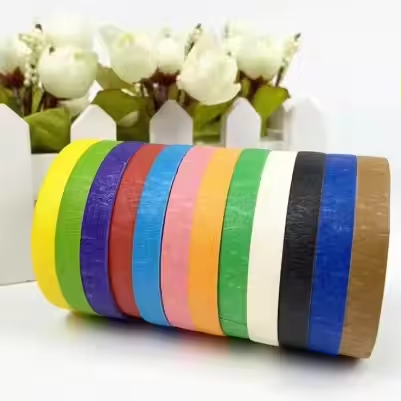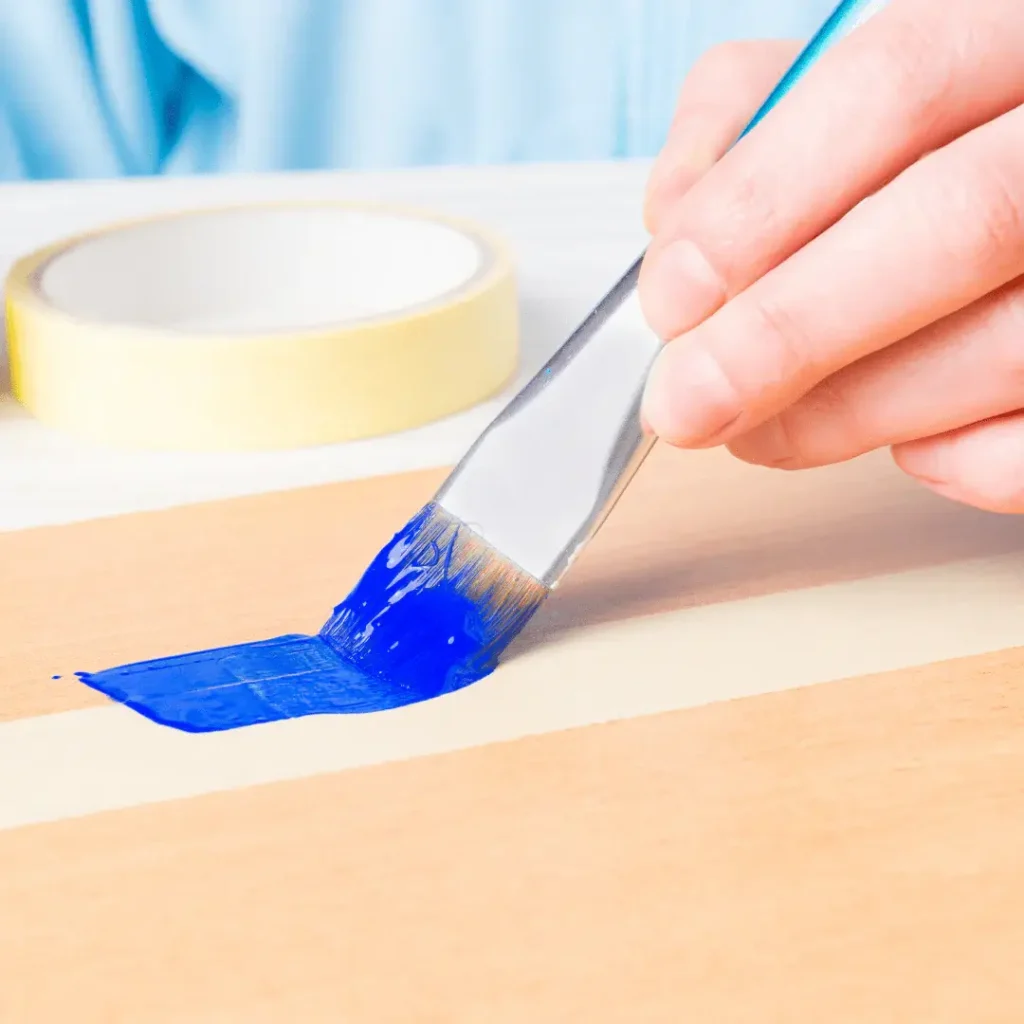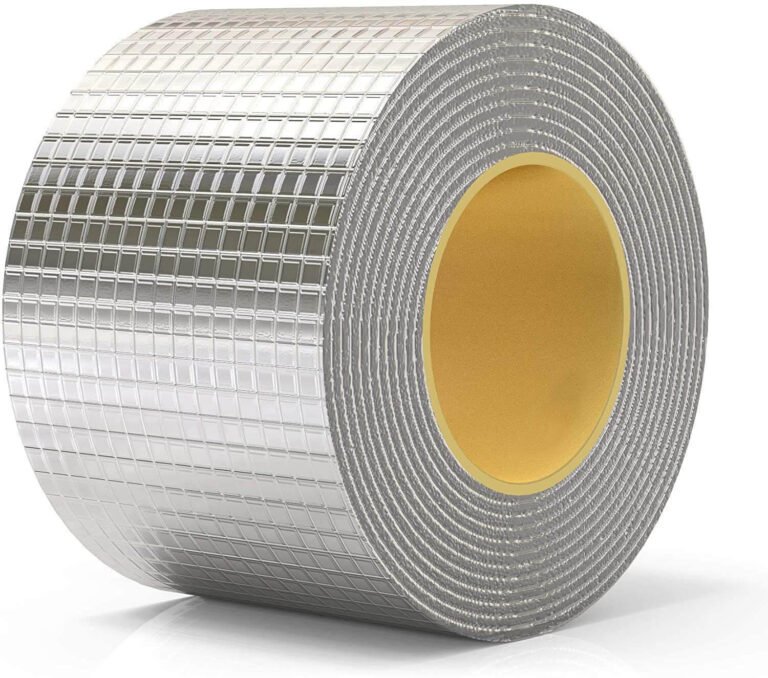Masking Tape: Types, Applications, and Best Practices for Precision Protection
Masking tape is more than just painter’s tape—it’s a trusted tool for precision and protection. Known for its clean removal, reliable adhesion, and heat resistance, it plays an essential role in industries from automotive and electronics to construction and crafts.
Key Classifications of Masking Tape
Masking tape is categorized into distinct types based on three primary criteria:
- Temperature Resistance
- Normal Temperature Tape: Suitable for everyday use in standard environments (e.g., home painting, basic packaging).
- Medium Temperature Tape: Designed for moderate heat exposure (e.g., light industrial painting, short-term oven use).
- High Temperature Tape: Engineered to withstand elevated temperatures (up to 200°C+), ideal for automotive painting, powder coating, and industrial baking processes.
- Viscosity Levels
- Low Viscosity: Gentle adhesion for delicate surfaces like fresh paint, fabric, or paper.
- Medium Viscosity: Balanced stickiness for general-purpose applications (e.g., masking during spray painting, securing lightweight materials).
- High Viscosity: Strong hold for rough or heavy-duty surfaces, such as metal, concrete, or textured plastics.
- Color Variations
- Natural (Beige): Standard option for most applications, offering neutral aesthetics.
- Colored Tape: Custom hues (e.g., blue, green, red) for color-coded masking in electronics, automotive, or construction (e.g., marking different paint layers or circuit types).
Best Practices for Using Masking Tape
To ensure optimal performance and prevent issues like residue or poor adhesion, follow these guidelines:
- Surface Preparation:Clean and dry the target surface to remove dust, oil, or moisture, which can weaken adhesion.
- Application Technique:Apply the tape with firm, even pressure to ensure full contact and eliminate air bubbles.
- Timely Removal:Peel off the tape as soon as the task (e.g., painting, coating) is completed to minimize the risk of adhesive residue, especially on sensitive surfaces.
- UV Exposure:Avoid prolonged sunlight exposure, as standard masking tape lacks UV resistance and may degrade or leave residue.
- Material Testing:Test the tape on a small, inconspicuous area before full-scale use, especially on unconventional surfaces like glass, plastic, or newly painted walls.
Diverse Applications of Masking Tape
Masking tape’s adaptability makes it indispensable across multiple sectors:
- Automotive & Industrial:Protecting car bodies, furniture, or metal fixtures during spray painting, powder coating, or oven curing.
- Securing components during assembly or masking precise edges for detailed finishes.
- Electronics & Manufacturing:Masking capacitor leads, circuit boards, or components during soldering or plating.
- Color-coding wires, connectors, or production stages for quality control.
- Construction & Decoration:Creating clean paint lines on walls, trim, or floors.
- Temporarily securing wallpaper, fabrics, or insulation materials during renovations.
- Shoemaking & Crafting:Masking patterns on leather or fabric for dyeing or embossing.
- Holding lasts or templates in place during shoe manufacturing or DIY projects.
How to Identify High-Quality Masking Tape
Assessing the quality of masking tape involves simple yet effective checks:
- Visual Inspection:Uniformity: High-quality tape features a smooth, even color without streaks, bubbles, or glue buildup.
- Backing Material: The masking paper should be flexible yet strong, resisting tearing during application.
- Tensile Strength Test:Gently pull the tape lengthwise; it should stretch slightly without breaking, indicating robust backing material.
- Adhesion Check:Apply a small strip to a clean surface, press firmly, and peel off. A good tape should adhere securely but remove cleanly without residue.
- Odor Evaluation:Low-quality tapes may emit strong chemical odors (e.g., toluene or solvent fumes), while premium tapes use regulated adhesives with minimal smell.
- Temperature Resistance Test:For high-temperature tapes, expose a sample to the intended heat range; it should retain adhesion and integrity without melting or yellowing.
Conclusion
Masking tape is a cornerstone of precision and protection in industries ranging from automotive to crafting. By understanding its classifications, following proper usage techniques, and prioritizing quality through visual and tactile assessments, users can leverage its full potential for clean, reliable results. Whether shielding surfaces during painting or organizing components in manufacturing, choosing the right masking tape ensures efficiency, safety, and professional outcomes.











